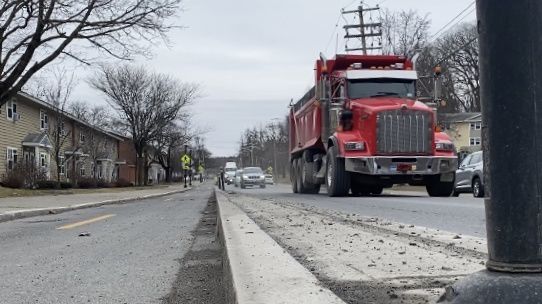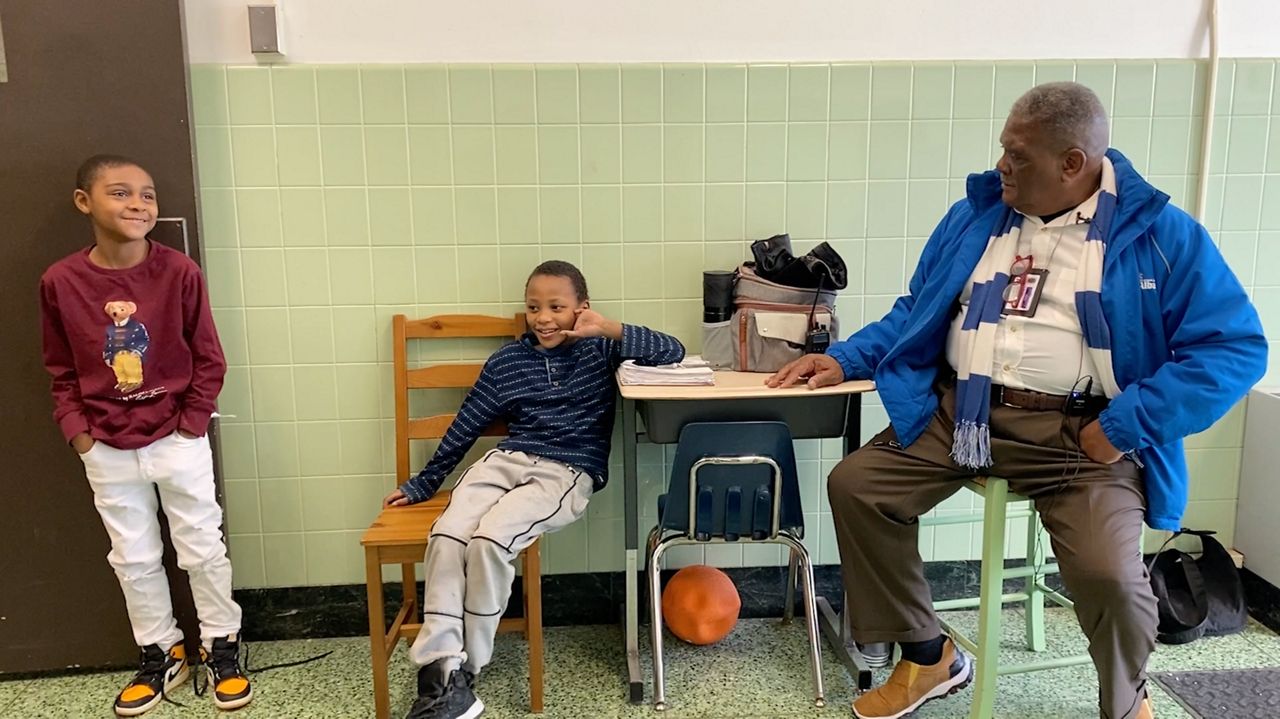The Underground Railroad Education Center has been educating residents on the role the state’s capital played in the anti-slavery movement.
Located on Livingston Avenue, the center resides in the former home of Harriet and Stephen Myers. Both Black, the couple lived in the building through the mid-1800s, helping freedom seekers on their way to Canada.
“Through the work that we’ve been doing, we’ve been able to talk about it in terms of things that happened right here. Things that happened on Livingston Avenue, which was Lumber Street then ... Things that happened all around the community here. And it feels like a different story. It’s the same story, but it’s a different story. It’s told from a different angle,” says co-founder Paul Stewart.
Those at the center say few realize the Underground Railroad made its way through Albany. Paul and Mary Liz Stewart try to bring the railroad to life.
As they continue to explore history through a different lens, the education center is in the process of expansion.
Shawn Hamlin and Timothy Rau have been working with the Stewarts to bring even more of the past back to Arbor Hill. A new interpretive center will feature the repurposing of a Dutch frame barn.
“This is an event space. This is an education space. This is a space that can be utilized for any number of events,” says Hamlin.
Rau, of New World Barn Company, will dismantle a barn that’s currently in Fort Plain. It will then be moved to his shop in Altamont, where it will be restored and fumigated.
The barn is historically relevant to the time period of the Underground Railroad. Purchased with a $75,000 loan from Pioneer, the financial group kickstarted a fundraising effort that’s underway.
“This is a huge part of Albany’s history. The Underground Railroad Education Center was very important to us to be a part of and we were excited to have the opportunity to help them with financing,” says Amber Hensley, Pioneer business banking relationship manager.
It’s all about bringing history into focus by using modern architecture mixed with the repurposed barn to create a feeling of unity.
“We like bringing those pieces together. We think it’s a good way to repurpose something that maybe had an ambiguous history in the past; we can repurpose it for something positive in the present,” says Paul.
The center believes these kinds of conversations are critical for the future. As the community still deals with issues of equality, there’s an increased effort to learn from the hardships of the past.
“How do people struggle with these issues that are still with us today and how do we play that out? How do we make it real and come to ways in which we can blend things together and create some justice in the world, at the same time enjoying the beauty of the story?” says Paul.








